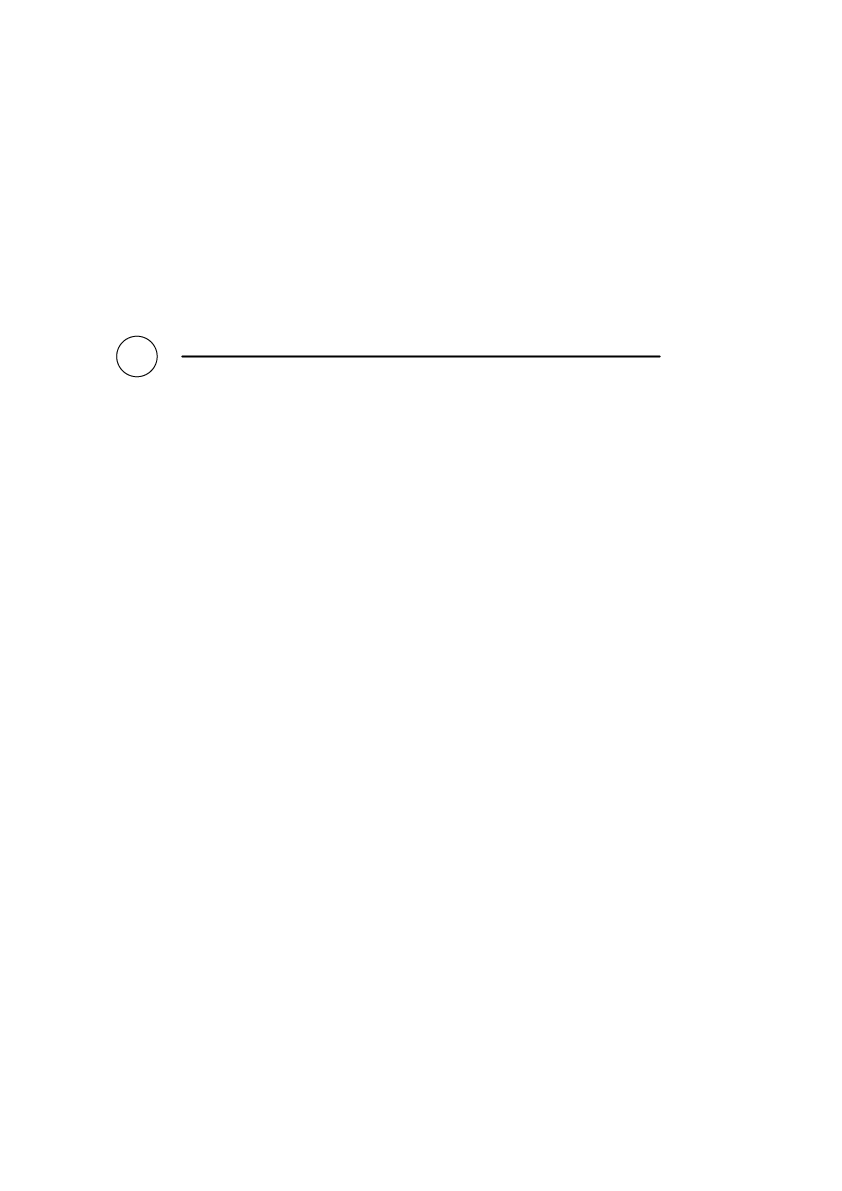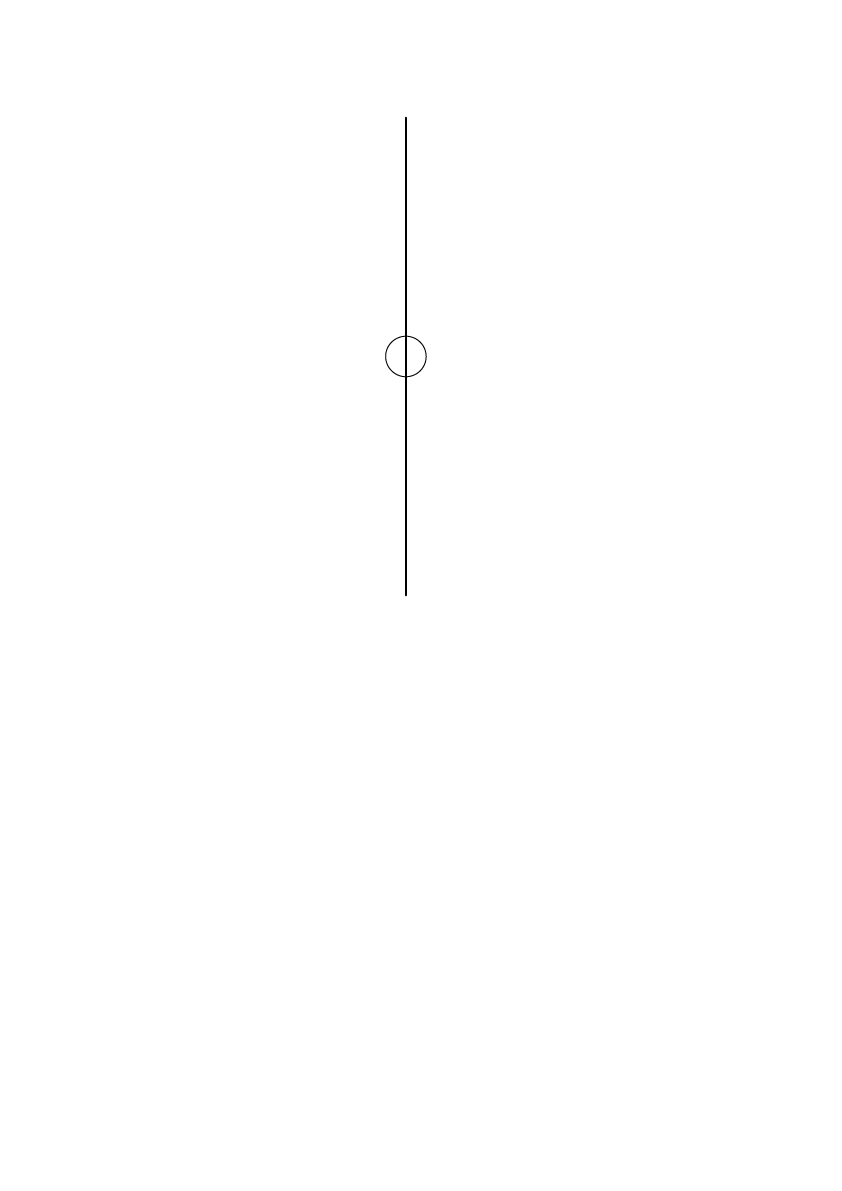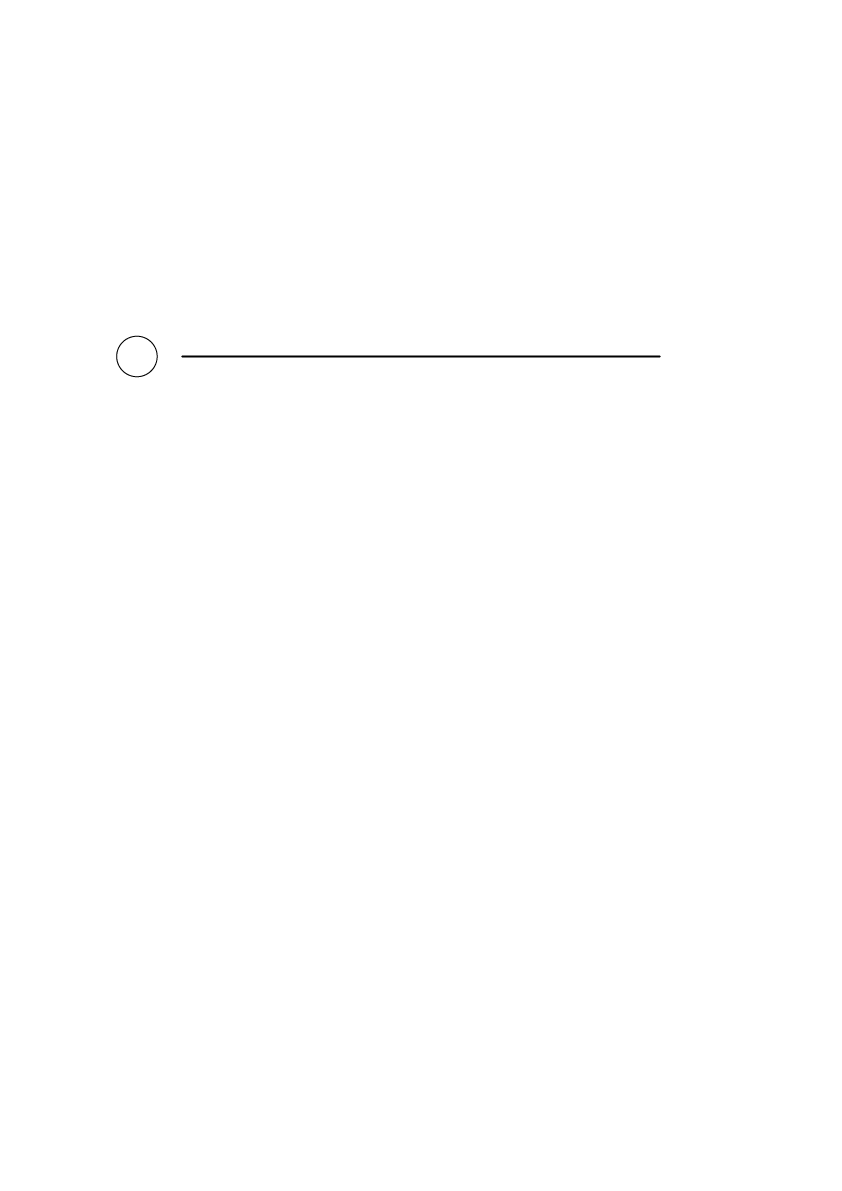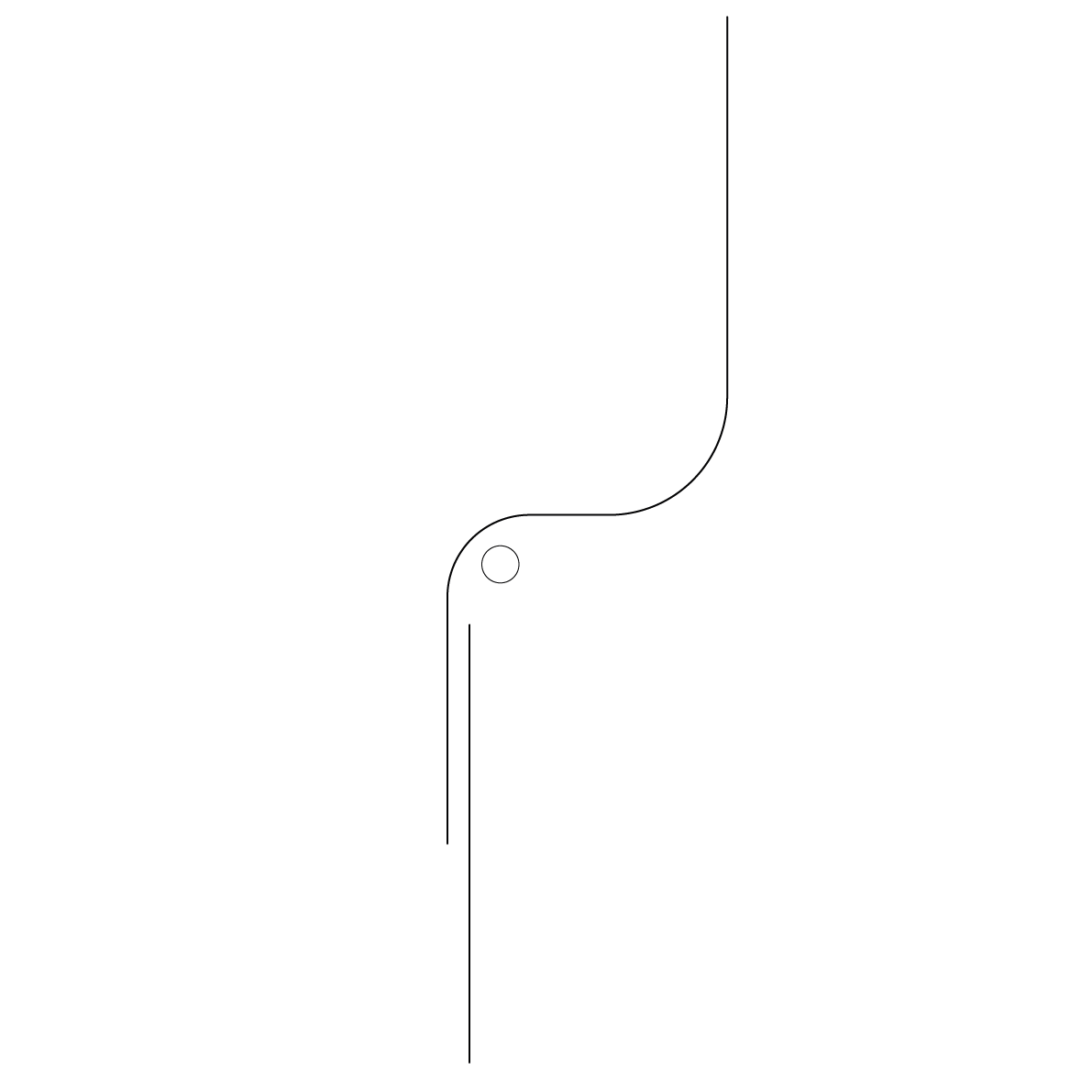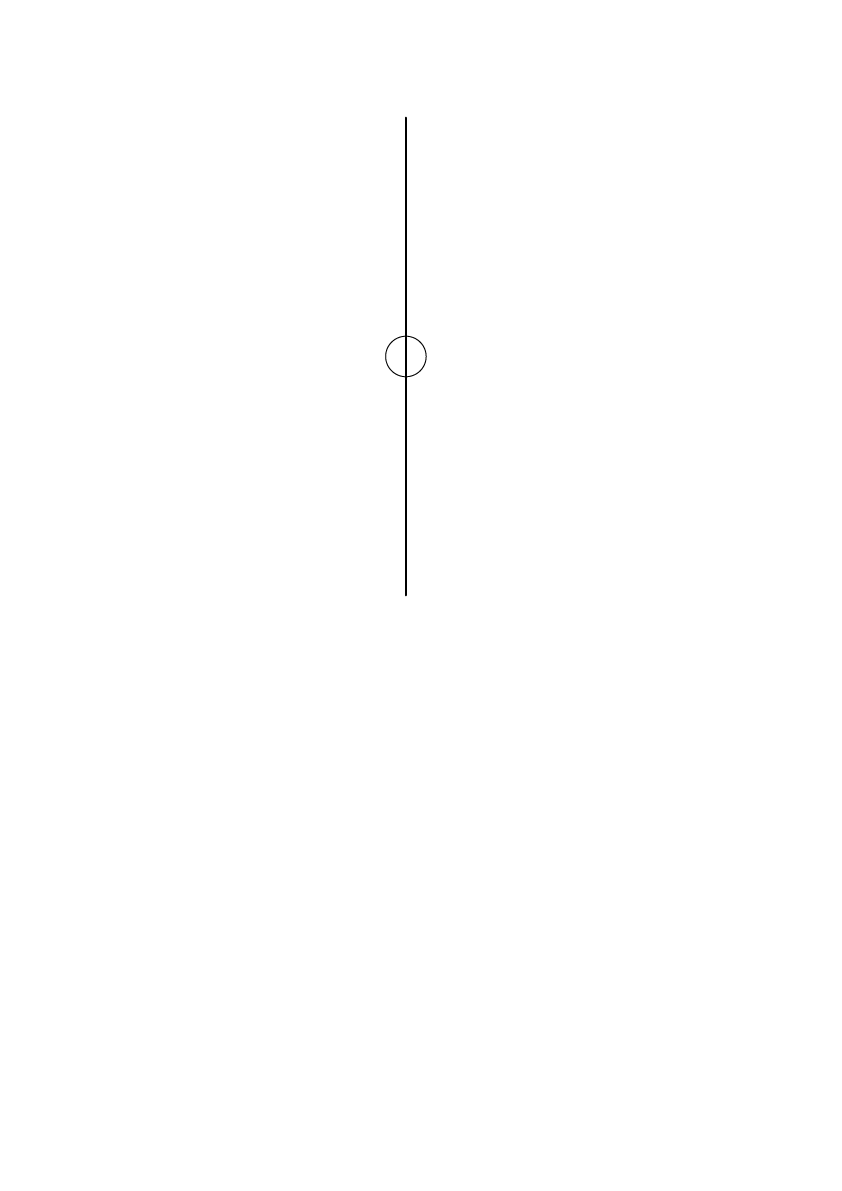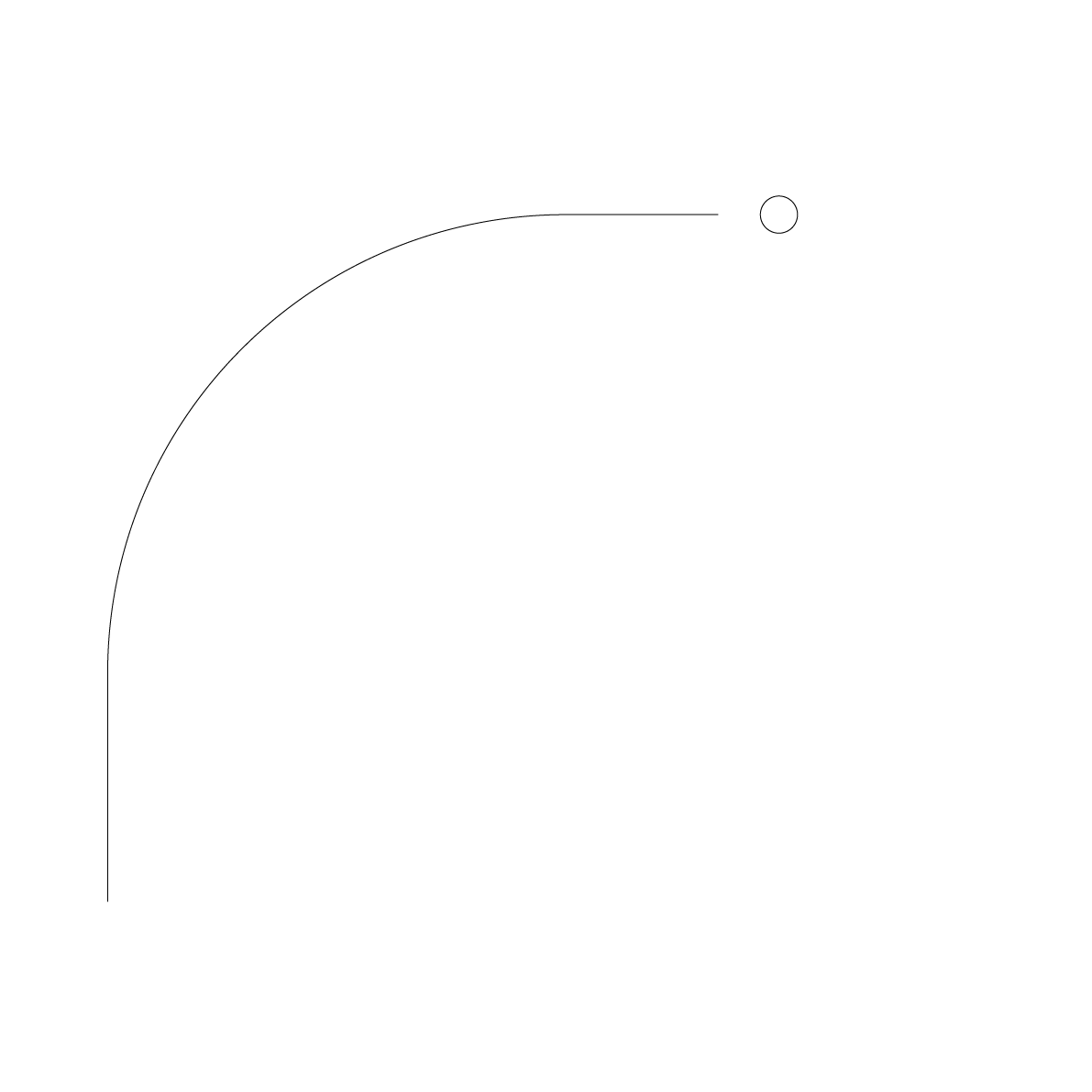The approach to the research exposition here does not fit within a traditional framework for a research project. The work did not begin with an overarching research question, a review of literature and practice, and then a consideration of the methodological approach before commencing the development of the work in addressing the research question.
The research exposition here uses a retrospective lens (that of frock consciousness and affect) to further analyse, translate and make connections between three distinct practice-based projects that have all used an autoethnographic methodology. As a result of the retrospective analysis, some of the references employed are published more recently than the work was undertaken, situating the work in a field of practice, as I understand it now. Carloyn Ellis and Arthur Bochner (2000) describe the value in autoethnography with retrospective elements:
Methodologically, Embodied Memories differs from the other two projects and is included because it offers another line of enquiry to ‘frock consciousness’. It focuses more directly on the experience of others, the function of memory and translation in the effect clothing has on consciousness. Its primary method is reconstruction. Since this work was exhibited, there have been a number of papers published, which help to situate this practice within a wider field of research that uses a methodology of reconstructing, making and wearing clothing. (Davidson 2019; McNeil & Bellanta 2019; Robinson 2019). Hilary Davidson uses the phrase ‘embodied turn’, defining this as the appreciating and incorporating of ‘embodied, experiential, implicit or tacit knowledges gained through making and doing’ (2019: 330), and emphasising how subjective and bodily experience can contribute to the study of dress. I am not engaging in historical reconstruction or concerned with trying to replicate the original reference, but constructing a garment or accessory based on an oral account. The process is led by the subjective account of the person who wore the original item, my subjective interpretation of their account in instructing the maker and the maker’s subjective interpretation of my instructions and drawings. The term remake is described by Davidson as ‘make a second or further time, or differently; to reconstruct; to transform’ (2019: 337), while Re-create is described as ‘the action or process of making again or in a new way; the result of this process, a new creation’ (2019: 337). These are appropriate descriptions of the process I was undertaking, but my intention differed from some of the scholars and dress historians who have also engaged with methodologies that use making, in that my primary objective was not to understand the fashion object, but to understand the retrospective affect upon the wearer. Perhaps at this point, there would have been some value in following up and documenting a reaction to the ‘remade’ object from the person who had provided the oral account to validate or test my translation against their understanding. However, at this stage my inquiry was not concerned with a reaction or validation against the original, it was concerned with the act of translating the oral account into a tangible object to be worn on another body. Both to gain a deeper understanding of the experiences offered up through the oral accounts, and to transpose those narratives to create something new.
Autoethnography is used within social sciences as a method of qualitative enquiry that prioritises the researcher’s personal experience. (Ellis and Bochner 2000; Griffin & Stephens Griffin 2019; Wall 2016) The self-questioning that autoethnography demands and the discomfort that it can cause are recognised as being critical to activating emotional response and providing spaces for ‘further conversation rather than undebatable conclusion’ (Ellis and Bochner 2000: 744). This methodology, particularly as it is not employed alongside more empirical methods, is explicitly subjective to the point of it being, at times, uncomfortable to me as an artist and a researcher, but more than that sometimes uncomfortable as a mother, a daughter, sister, colleague and friend. I am interested in the experience of discomfort, and it is through an autoethnographic enquiry that I can actively explore what will provoke that feeling (for me) as an artist. I seek to provoke the viewer, too; this is a type of impact. In the project Eroding the Otherness, I record my observations that are often immediate and instinctual, the thoughts that I might in usual circumstances, choose not to speak out loud let alone publish for fear of appearing callous, inconsiderate, selfish, self-absorbed, vain, superficial or naïve. I do this in order to capture my instinctive response to others, my unfiltered reactions to their appearance. In Fashioning As and By Another, I make myself vulnerable by providing an instructional text and accompanying photographs of how I construct my sartorial image to Marie, a woman I have never met, who responds to an invitation I send out. Marie agrees to follow my instructions and wear the package of clothes I send her. I ask her to do that same thing for me in return. Autoethnography has been criticised as a methodology that is self-indulgent and narcissistic; Nicolas Holt (2003), Nathan Stephens Griffin (2019) and Elaine Campbell (2017) explore the counter-arguments and the impact of this view for the ‘researcher’. This is an interesting tangential discussion.
However, the field of practice for an artist-researcher draws upon historically established and arguably accepted autobiographical forms of enquiry that value the subjective position of the artist. Artists including Sophie Calle, Gillian Wearing, Tracey Emin, Claude Cahun, Yoko Ono and Marina Abramovich, to name a few, have mined their own subjective experiences and have influenced the approach I take in valuing my subjective position. Within the work Eroding the Otherness, the text written on the 2nd of February arose as a result of feeling frustration at what I perceived as similarity between my methods and that of artists Sophie Calle and Vito Acconci, most notably Calle’s work Suite vénitienne (1980). In response, I forced upon myself a slightly different method of recording. I recorded my thoughts about the ‘other’ from the beginning to the end of my train journey. I wanted to explore how my response and relationship with the ‘other’ changed when I set out intending to record and respond to whoever happened to be there, rather than selecting an individual who attracted me.
In constructing this exposition and reviewing my practice as a body of work, I have been able to contextualise the projects in ways that were not wholly evident at the time of making.
In using the written methods of fragmentation, narration, observation and recall, I was influenced in my early work by the performative writing of Yve Lomax (2000). I do not directly reference Lomax within the later works but in retrospect see the legacy of that approach to writing; it is a tool I use instinctively in my endeavour to consciously define the affect that dress has on bodies and on my consciousness. Ultimately my experience of the other, a theme I return to in each of the projects, is a combination of my ‘I’ and my ‘eye,’ which ‘“looks out” and optically defines the public space’ (Brettle & Rice 1994: 3). This becomes more meaningful when I combine it with the descriptions that are tactile and sensate. The importance of sensation led me to the work of sociologist Wacquant (2015), which was influential in the methodological approach to Being Fashioned as and by Sarah and Being Fashioned as and by Marie. In these works, I prioritised the acquisition of practical knowing, sensing and feeling, through allowing Sarah and Marie respectively to fashion my body (based on theirs) and therefore my interactions and experience of being in the world. Wacquant in his (auto)ethnographic approach to understanding the bodily capital and bodily labour of the boxer and the boxing gym inspired my approach to undertaking the enquiry that questioned the bodily capital I use in the fashion school within my academic, professional role. I attempted to understand the intrinsic limits of that bodily capital by slipping it off and folding myself into that of another.
My enquiry uses a combination of written observation and reflection (Eroding the Otherness and Fashioning As and By Another), documentary photography (Eroding the Otherness and Fashioning As and By Another), drawing (Eroding the Otherness), sound recording of oral accounts (all the projects used these methods – though only some of the recordings from Embodied Memories are included in the exposition) and re-made garments (Embodied Memories – I worked in collaboration with specialists – a cobbler, a jewellery designer and a garment technician). I use the medium that best facilitates my processes of recording, translation or exploration. For the project Fashioning As and By Another, Sarah taught me to style my hair as she did. This process was filmed and then I took film stills in order to ‘translate’ this into an image made of a sequence of gestures that depict me emulating Sarah and learning to ‘be her’. This layered approach to autoethnography has allowed me to develop a mode of enquiry that operates in a space using performance, making, writing and observation to create a series of outcomes that seek to expose and make tangible what Woolf described as frock consciousness; a tacit feeling, or experience of being in the world mediated through the slippery envelope of the transient identity we construct, as we layer our bodies with clothing each day. The mixture of methods and media is critical to understanding the ‘affective practical experience of the clothed body in space’ (Ruggerone 2016: 577). My objective was to feel myself respond to the other or to feel myself in the dressed skin of another. Upon reading Ruggerone’s paper in 2016, I was able to further situate my methodology in relation to affect studies. The situational, embodied and subjective position of affect studies: ‘what we experience about and in our clothes’ (Ruggerone 2016: 573), allowed me to better understand how I was practically transgressing the sociological explanations drawn from the work of Joanne Entwistle (2000) as clothing as a situated, embodied practice, drawing on the work of Erving Goffman (1959) and Pierre Bourdieu (1990, 1993). The multi-layered use of image, text, performance, observation and making, is also layered temporally. Therefore, the exposition builds an autoethnographic narrative that reframes past work in my present understanding, contributing to what Ellis and Bochner (2000: 761) describe as the space between ‘subjectivity and objectivity, passion and intellect and autobiography and culture’.
I play with power relations throughout the work – giving and taking. The becomingness of the self that develops through the act of observation and erosion as well as the act of writing depends upon this telling, as I place the reader in a position of trust and therefore power. Though simultaneously, my identity is never fixed and therefore never absolutely in the grasp of the reader (Radstone 1993: 37). This playfulness with authorship and identity is a feature evident in Orlando through the role of the narrator and protagonist; it allows a conversation from subjective and objective viewpoints.
Memory doesn’t work in a linear way, nor does life for that matter […] thoughts and feelings circle around us, flash back, then forward, the topical is interwoven with the chronological, thoughts and feelings merge, drop from our grasp, then reappear in another context. In real life we don’t always know when we know something […] events in the past are always interpreted from our current position. Yet that doesn’t mean there’s no value in trying to disentangle now from then, as long as you realize it’s not a project you’ll ever complete or get completely right, instead you’ll strive to get it differently contoured and nuanced. (2000: 752)
